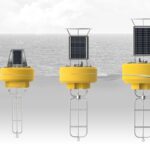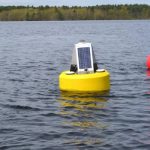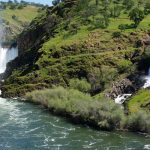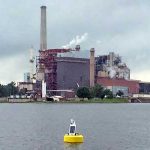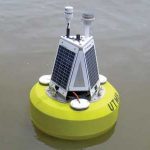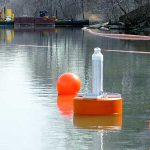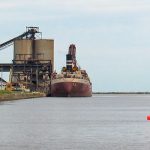When the Francis Scott Key Bridge collapsed on March 26, 2024, NOAA was one of the first groups contacted as the city of Baltimore sought to minimize impacts to transport on the Patapsco River. As salvage efforts progressed in early April, real-time tidal currents data became necessary to help ensure safe navigation through the collapse […]
Articles Tagged: buoy monitoring
Custom Buoy Configurations
NexSens custom buoy configurations offer a robust, reliable, flexible platform for placing user-supplied sensing electronics in the water.
NexSens Environmental Web Camera User Guide
The NexSens EWC environmental web camera offers live-view, time-lapse, and time-video-clip modes with real-time cellular communication. EWC cameras are watertight and able to operate in extreme environments. The internal settings allow users to balance resolution and bandwidth to maximize image quality and cellular responsiveness and are adjustable via the embedded Wi-Fi. The EWC can be […]
Submerged Sensors of Sebago Lake
Portland Water District
An extended growing season, increased rainfall, and more frequent extreme storms with more runoff washing into Maine’s lakes can feed algae.
Dissolved Oxygen Monitoring Systems
NexSens helps with dissolved oxygen monitoring systems whether you need information or help with physical setup, we have you covered.
Managing Plant Discharge Temperatures
Southern Illinois Power Cooperative
To monitor the reservoir’s water conditions in real time, managers at the plant have deployed a data buoy. The buoy is equipped with temperature sensors and telemetry to let engineers know when conditions change so that they can adjust plant operations accordingly.
Maumee Bay Algae Monitoring
University of Toledo
Read More →Ottawa River Dredge Turbidity Monitoring
Natural Resource Technology
The dredging site was monitored using real-time data buoys from NexSens measuring sediment re-suspension levels to ensure they did not exceed limits.
Turbidity Alert System
CH2M HILL
Buoy-based cellular data logging systems ensure that excessive amounts of contaminated sediment do not re-suspend into the water column.


